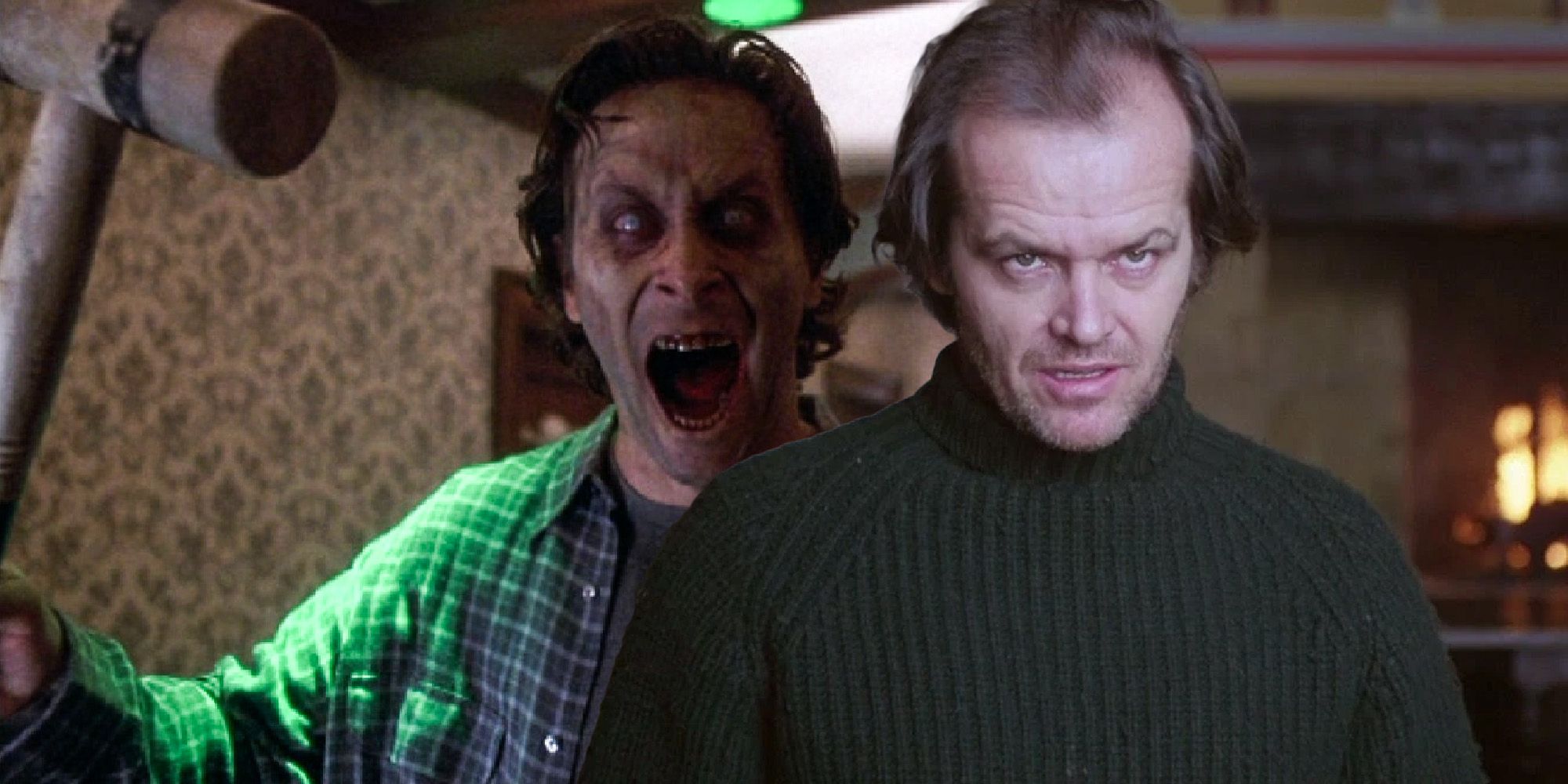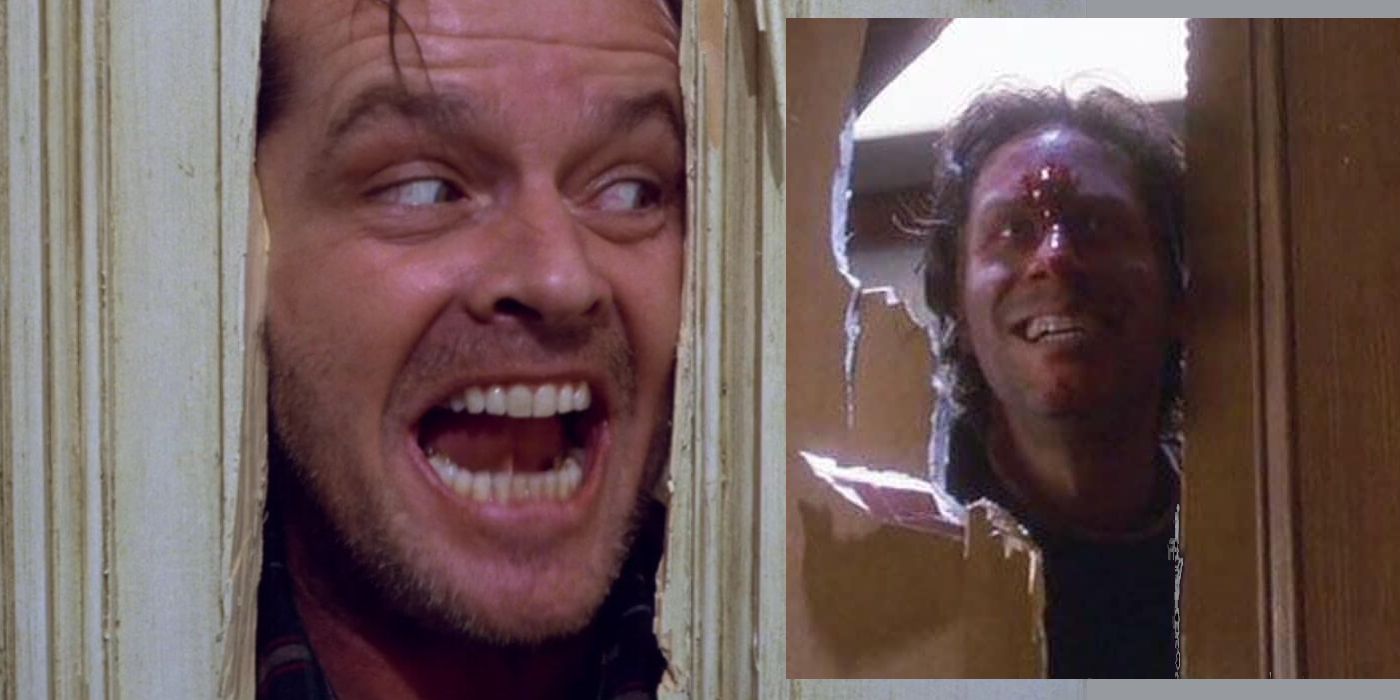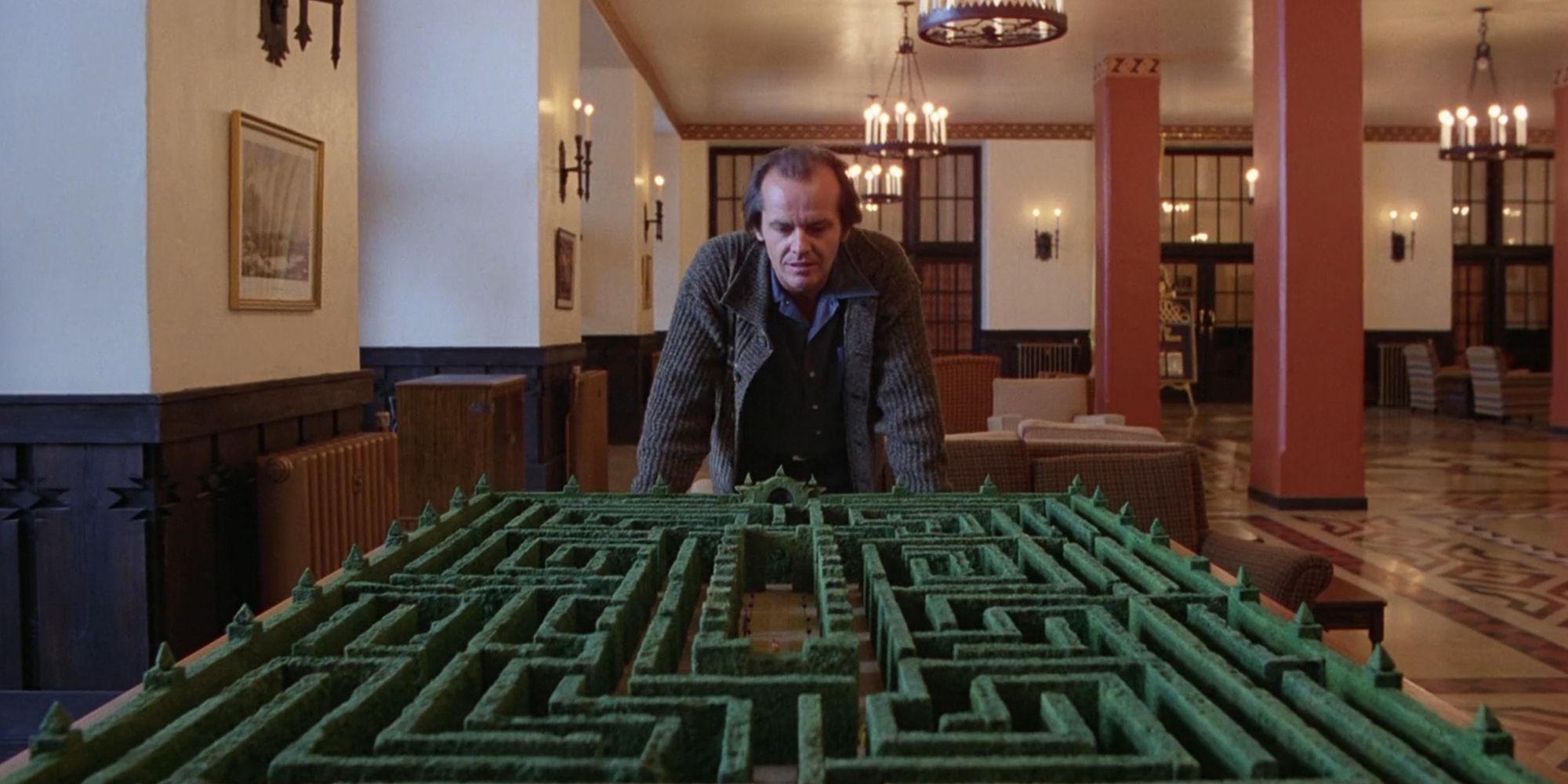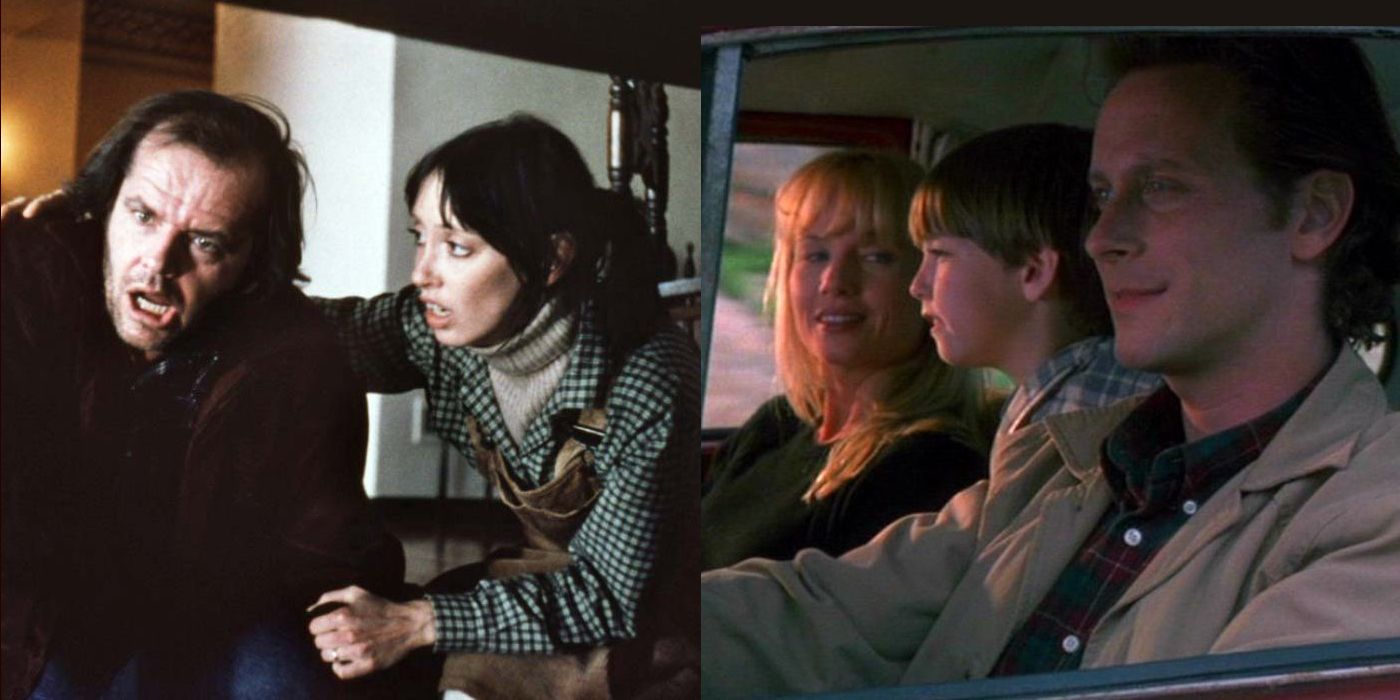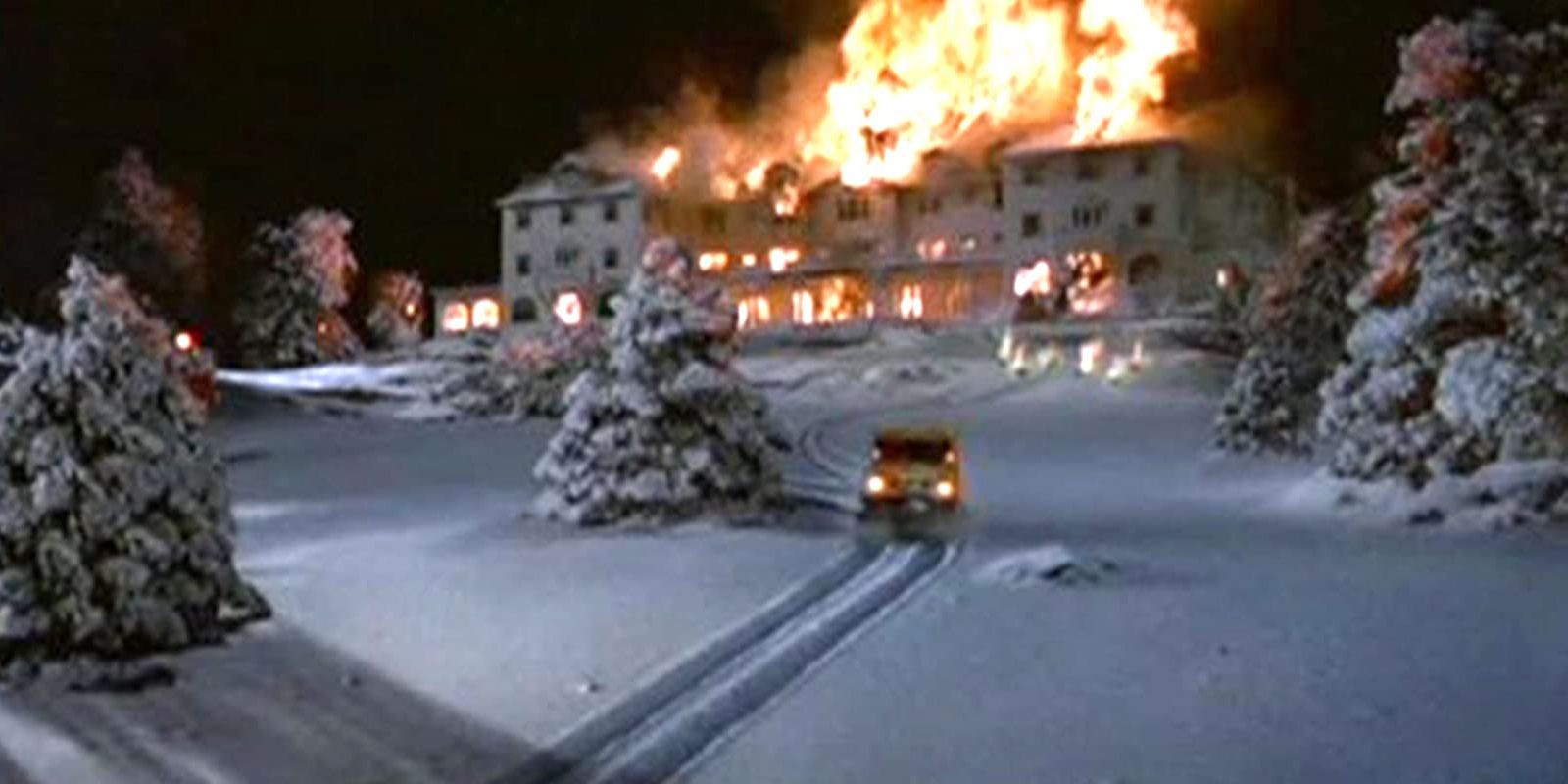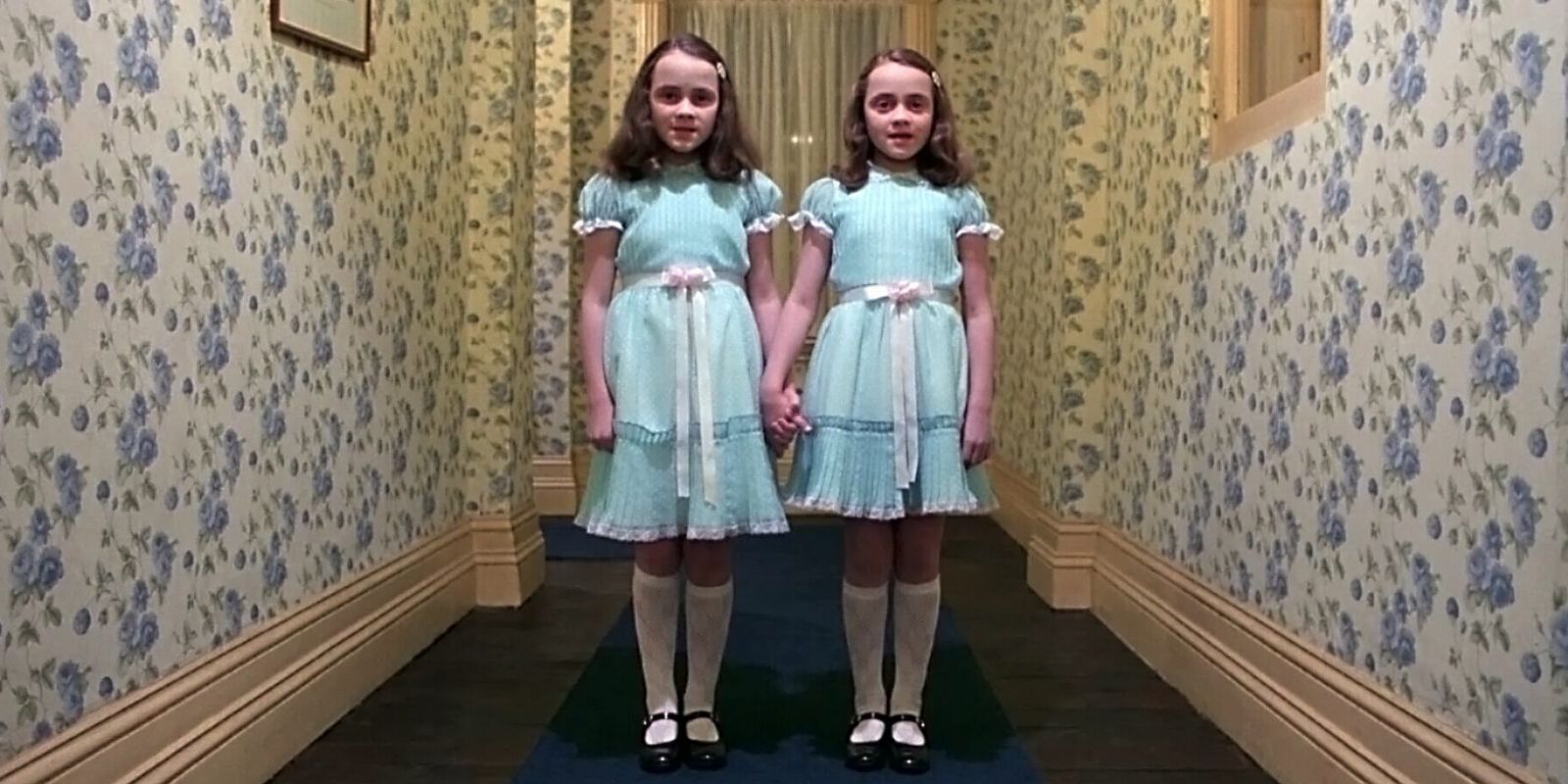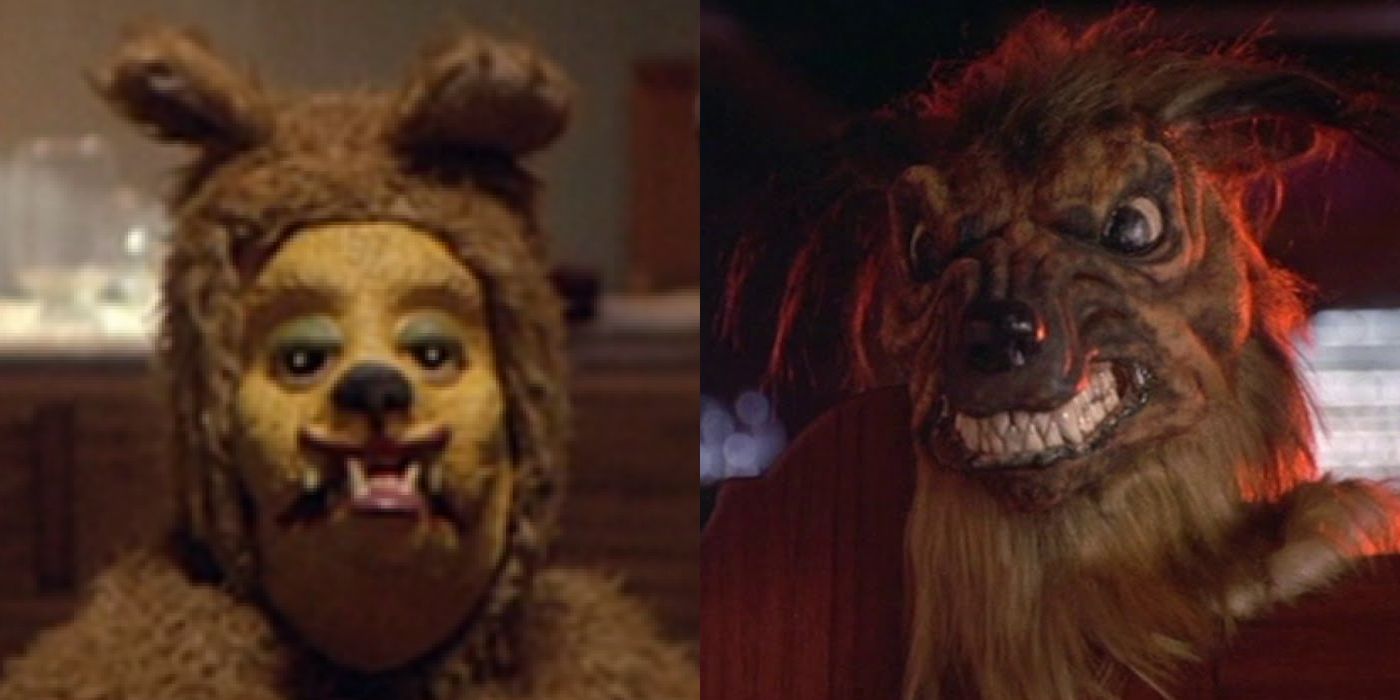The Shining is one of Stephen King's most beloved and horrific stories that has twice been adapted for the screen. Stanley Kubrick made a movie version and, almost 20 years later, it became a miniseries that aired on ABC. Interestingly, both versions are very different from each other.
Stanley Kubrick's The Shining was released in theaters in 1980. At the time, critical reception was mixed, but over the years it has come to be known as one of the most important films in horror movie history. However, Stephen King was critical of Kubrick's adaptation of his novel, acknowledging it as an important work of horror, but unhappy that it strayed so far from the source material. In particular, King hated Jack Nicholson as Jack Torrance because the character came off as crazy from the very beginning, rather than chronicling his slow descent into madness the way his book does.
Almost 20 years later, in 1997, a miniseries version of The Shining aired on ABC. This time, Stephen King wrote the script and was an executive producer on the project. The story was split into three episodes, each one taking up a two-hour timeslot that included commercials. Because of this additional airtime, the miniseries was able to stick to King's original storyline more closely. At the time, the miniseries was a big success, receiving lots of praise from critics. However, it hasn't aged well, and falls into the trappings of the times, with cheesy visual effects and the made-for-TV production standards of the 1990s. While both the miniseries and Kubrick's movie both draw from King's novel, they have a lot of differences — here's each one explained.
Jack Torrance's Descent Into Madness
One of the biggest differences between Stanley Kubrick's movie and Stephen King's miniseries is how Jack Torrance is portrayed. In Kubrick's version of The Shining, Jack is basically crazy from the beginning. Even in early scenes, such as when the family is driving up to the hotel, he speaks in a slow and sinister tone, along with that trademark Nicholson smile. Of course, Jack Nicholson is also known for playing characters that are a little off-kilter, including his role in One Flew Over the Cuckoo's Nest, which he was in only a few years before filming The Shining.
On the other hand, Steven Webber is more known for wholesome roles, such as the character Brian Hackett in the sitcom Wings. His portrayal of Jack Torrance is a lot more vanilla. He starts as a regular nice guy who can't control his anger when he's drunk. Slowly, the hotel seduces him, just as it does in the novel, until it's time to get him drunk and set him on his family with a Roque mallet. This is another small detail Kubrick changed from the novel, instead giving Nicholson an ax to wield, likely because it comes across as a lot less cartoonish.
Hedge Maze vs. Hedge Animals
Another big difference between Kubrick's The Shining and King's miniseries is the hedge animals. In the novel, the hedge animals are a significant threat the hotel uses to threaten the Torrance family even when they're outside. Kubrick instead included a hedge maze in his movie, which admittedly pays homage to the original idea, but is much easier to film. It's likely that Kubrick knew he didn't have the technology in the late 1970s to convincingly pull off real hedge animals, so the director opted for a maze, a convenient metaphor for Jack's twisted mind.
Unfortunately, the '90s didn't really have the special effects to handle realistic hedge animals either, at least not on a TV budget. However, that didn't stop King and director Mick Garris from including them anyway. The hedge animals are mostly shown moving closer and closer to Jack at first, then and later to Danny. Then, there are moments of very bad '90s CGI that show them stalking Danny, a special effect that doesn't hold up to modern viewings.
How Jack Torrance Dies
In Kubrick's The Shining, there's a final chase scene in which Jack comes after Danny in the hedge maze. Danny is able to elude him; Jack becomes lost in the maze, eventually freezing to death. In the miniseries (and the novel), Jack's death is a lot more dramatic. He ends up dying when the boiler in the basement of the hotel explodes. Interestingly, this moment is one of redemption for Jack Torrance, as he has a chance to dump the boiler, but manages to resist the hotel so that it explodes. This saves Danny, Wendy, and Dick Hallorann—who dies in Kubrick's film—from the hotel. In Kubrick's version, there is no redemption.
Freezing Hotel vs. Exploding Hotel
Other than the hedge maze ending at the end of Kubrick's movie, the Overlook Hotel remains standing, left haunted and ready to open to guests once again in the spring. In the miniseries, the boiler in the basement needs to be dumped every once in a while or it will blow up. This detail is another one that Kubrick didn't like, probably because it's not very realistic for an expensive hotel to allow such a dangerous thing to remain without fixing it, especially in a hotel that's closed for half the year.
Nevertheless, in Stephen King's miniseries, the boiler in the basement is a major part of the story. After Jack goes insane and is possessed by the hotel, he's so busy chasing his family with a Roque mallet that he forgets to dump the boiler. When it's close to exploding, the hotel reminds Jack to go and release the pressure, but he resists and the boiler explodes. The hotel ends up in flames.
The Shining Girls
One of the major scares in Kubrick's The Shining comes by way of the twin girls Danny encounters while he is riding his big-wheel through the halls. They ask Danny to come and play with them; he then sees what they looked like after their father— the previous caretaker Delbert Grady—chopped them up with an axe. It's a creepy moment that's not in the novel or the miniseries.
In the miniseries, Delbert Grady is mentioned as the caretaker from the previous year, who killed himself by putting a shotgun in his mouth. There's no mention of his family, although there is in the book.
The Scares
Overall, there are a lot of small differences between Stephen King's miniseries and Stanley Kubrick's versions of The Shining. For instance, the miniseries filmed at the very location that inspired King to write the novel, the Stanley Hotel in Colorado, while Kubrick's movie is filmed at the Timberline Lodge in Glacier National Park in Oregon. Wendy is notably different in each version as well. Shelley Duvall as Wendy in Kubrick's The Shining comes across as weak and clueless, while Rebecca De Mornay is more of a loving and understanding wife to Jack.
Another detail that's absent from the miniseries is Lloyd, who is instead replaced by Delbert Grady convincing Jack that his family needs to be dealt with. Also, the ghosts in the miniseries are a lot more of a focal point in the miniseries. In Kubrick's film, they're more implied and subtle. Plus, Stephen King makes a cameo appearance (as he does in many of the movies based on his work), as the music director up on stage during the party. What's more, the image of the blood flowing out of the elevator is a Kubrick invention, and not in the miniseries at all.
Lastly, while Kubrick's movie ends with the Torrances driving away from the hotel, King's miniseries tacks on an epilogue. In it, it's revealed that Tony is a grown-up version of Danny from the future. What's more, it shows Danny graduating and includes the ghost of his father telling him he loves him. For the most part, it's not really necessary, and manages to end the miniseries version of The Shining with a cheesy, but happy, ending.

